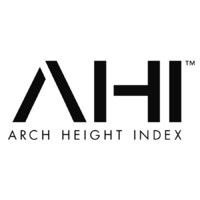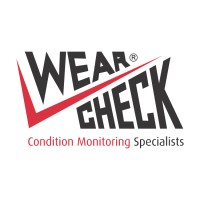
Arch Height Index
The Arch Height Index Measurement System is a simple, comprehensive and proven means to classify the foot and its structure. Employed by research scientists, doctors, the U.S. Army, and many more, the AHI enables precise and repeatable measurements of the foot. The AHIMS reproducibly and reliably provides data that can readily be translated into a robust and meaningful set of values. The Arch Height Index (AHI) is a numerical interpretation of foot type, calculated using six measurements, easily obtained using the AHIMS and a standard scale. By evaluating these measures across two states of weight bearing, the System allows for a dynamic characterization of the medial longitudinal arch which promises to facilitate further correlations to foot mechanics and injury pattern. Additionally, the nature of manufacturing for the AHIMS allows for a limitless number of custom functionalities to be added to the base model.






